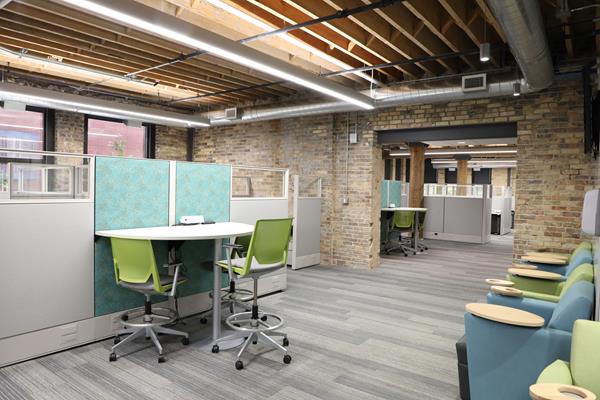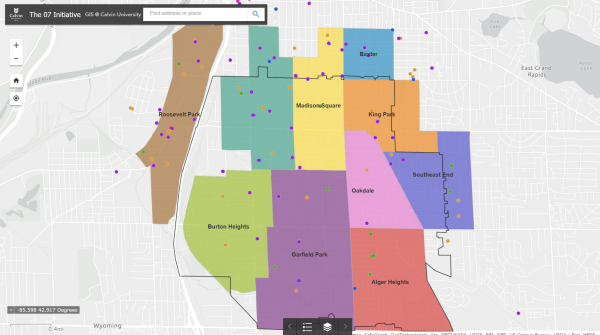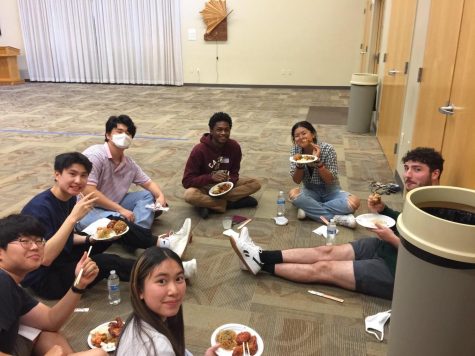Many of homeless youth are LGBT, study finds
According to a recent report put out by the National Gay and Lesbian Task Force (NGLTF), between 20 and 40 percent of American homeless youth identify as LGBT (Lesbian, Gay, Bisexual, Transgender).
However, only three to five percent of the United States population identifies as LGBT, making LGBT youth a disproportionate amount of homeless youth.
Colette Beighley, director of the LGBT resource center at Grand Valley State University (GVSU), said family disagreements are the main factor in LGBT homelessness. According to the report, 50 percent of gay individuals experience a negative reaction when they come out.
“We do know that one in four youth are asked to leave home when they come out,” Beighley said. “That puts them in a very vulnerable situation of either couchsurfing or being on the street where they are in danger of violence and of engaging in underground survival economies.”
Beighley said the plight of LGBT youth is exacerbated by the lack of organizations targeting LGBT individuals.
“It is very difficult to find places to stay,” Beighley said. “We have no dedicated LGBT-safe facilities in Grand Rapids, and many of them are faith-based, which is not necessarily a friendly environment for LGBT people.”
To help LGBT homeless youth, Beighley said that the GVSU resource center has joined them with families that have volunteered to provide housing. However, there is no specific program or organization to send them to.
“It gets very tricky. LGBT youth are often underage,” Beighley said. “What we have done in the past is to connect these youth to families. They will take youth in and provide safe spaces for them. But there’s no specific place to send them. We look forward to the day that we can have a space in Grand Rapids that is dedicated to serving LGBT youth.”
Beighley added that homeless youth face more difficulties if they are persons of color or are non-gender-conforming.
“The more marginalized identity a youth holds,” Beighley said, “the less likely they are to find a safe space if they are homeless, and the more likely they are to be in harm’s way.”
“For example, they may be gay, but if they are a person of color, that’s one more difficulty that they are going to encounter. In addition to that, if they are non-gender-conforming in any way, that’s one more strike against them, and they are more likely to be victimized in a shelter setting.”
The NGLTF report also highlighted that LGBT homeless youth are at a higher risk for other things, such as mental health issues, substance abuse and sexual victimization.
“A study of homeless youth in Canada found that those who identify as LGBT were three times more likely to participate in survival sex than their heterosexual peers,” the report said.
Although Beighley says there is a need for an organization targeting LGBT homeless youth, at the moment, such a place remains in the “dream stage.”
“There are many of us who feel very passionately about this and have been in conversation about it for a couple of years,” Beighley said, “but making it happen takes time — it requires [going through] a lot of state regulations.”








